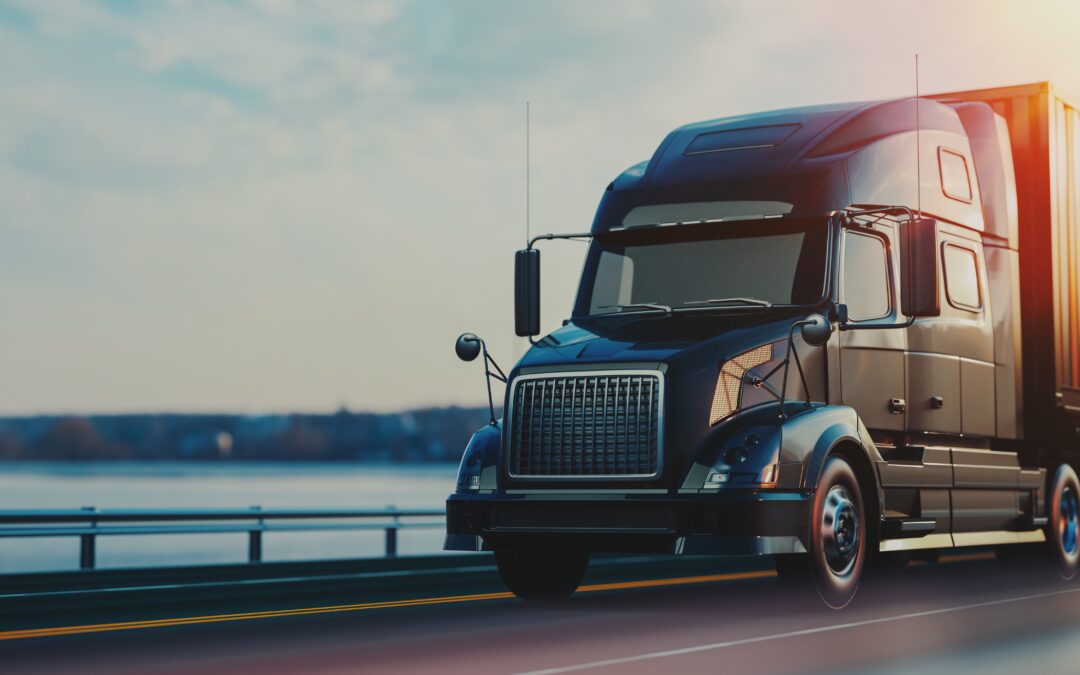
How Much Weight Can Semi-Trailer Landing Gear Hold?
We know that there are many landing gear products on the market to choose from, and it can be overwhelming to find the one that fits the specs of your trailer. One important deciding factor is how much weight your semi-trailer landing gear can hold. We’re here to break it down for you.
What Is the Purpose of Semi-Trailer Landing Gear?
Trailer landing gear is the retractable support equipment that keeps a trailer level when removed from the semi-tractor. It’s located at the front of the trailer and will keep you and your truck safe. The landing gear consists of two legs that can support the heavy weight of the trailer.
What Are the Different Types of Semi-Trailer Landing Gear?
Here at JOST International, we’re an industry-leading manufacturer of trailer landing gear and component parts. We offer an expansive product line, and our signature internal gearbox is the key feature and integral part of our landing gears’ durability and . Our internal gearboxes protect the gears from damage and significantly reduce moisture intrusion, which extends the product’s life and provides our customers with a stronger, more reliable product.
While there are several types of semi-trailers landing gear, most can be divided into either drop legs or standard landing gear legs. Here’s what you need to know about both.
Drop Legs
Drop leg landing gear products utilize a spring-loaded lower tube. The drop handle must be turned 90 degrees to disengage. The internal spring keeps the drop leg retracted until the force is applied. A smaller spring on the drop handle forces it inward, allowing the drop handle to align with the following hole location as the internal spring retracts the lower tube.
Drop legs are ideal for various commercial trucking applications looking to save operator time and overhead costs. They’re lightweight, easy to use, and perfect for smaller loads and drivers looking for an efficient way to speed up the coupling and uncoupling process.
Landing Gear Legs
Our landing gear maintains all the mechanical advantages of JOST’s drop legs, but trades the spring drop function for a more durable,single speed and two speed crank mechanic only. JOST internal gearboxes are completely filled with premium all-weather lubricant, an elevating screw that can be fully encased in a grease tube, completely sealed landing gear legs, and austempered ductile iron gears.
JOST landing gear is ideal for heavy-duty applications. They’re the best option for protecting against water and chemicals on roads.
For a complete guide to the full JOST International product line, download our Trailer Products Catalog.
How Much Weight Can Semi-Trailer Landing Gear Hold?
At JOST International, each of our high-quality landing gears has its own standout features, including weight capacity. If you need to find the perfect semi-trailer landing gear for you, ask yourself these questions:
- What’s your application?
- How much weight do you need to support?
A JOST landing gear product can support:
- Static Load Capacity: 160,000-200,000 lbs
- Lifting Capacity: 55,000-70,000 lbs
Note: Varying models are available to support both heavier and lighter applications.
A JOST drop leg product can support:
- Static Load Capacity: 12,000–35,000 lbs
- Lifting Capacity: 12,000-35,000 lbs
Note: Varying models are available to support both heavier and lighter applications.
If you’re interested in JOST International landing gear, take a look at our Landing Gear Spec Sheet and Drop Leg Catalog to see each of our product options and the weight associated with each.
Invest in High-Quality Semi-Trailer Landing Gear
If you’re looking for superior landing gear from an industry-leading manufacturer, JOST International is here for you. Our landing gear meets or exceeds international standards for OEMs and fleet use in North America and internationally. Plus, we use top-of-the-line technology, so you can always trust that you and your equipment will stay safe.
Visit our website or contact our team today to learn more!

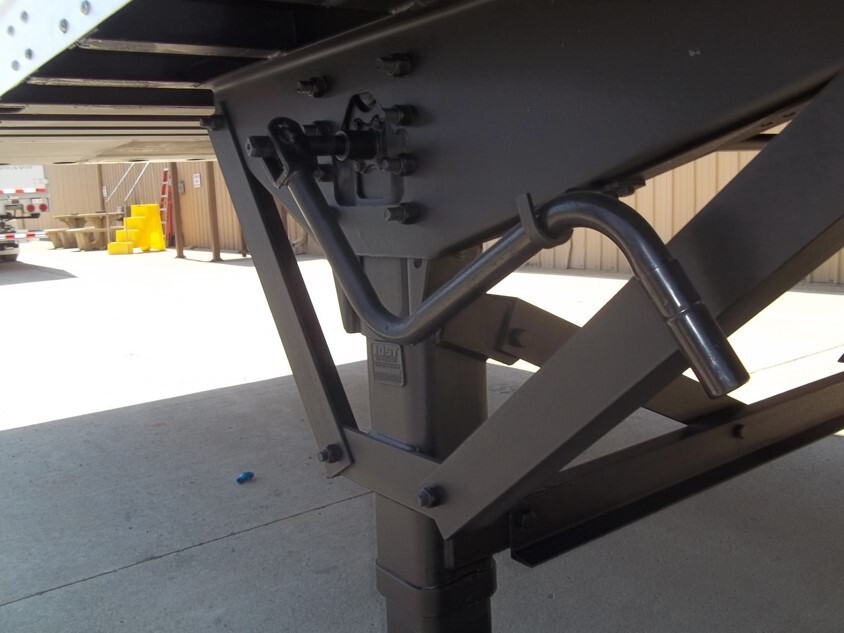
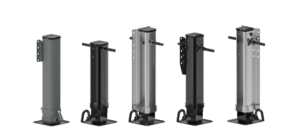
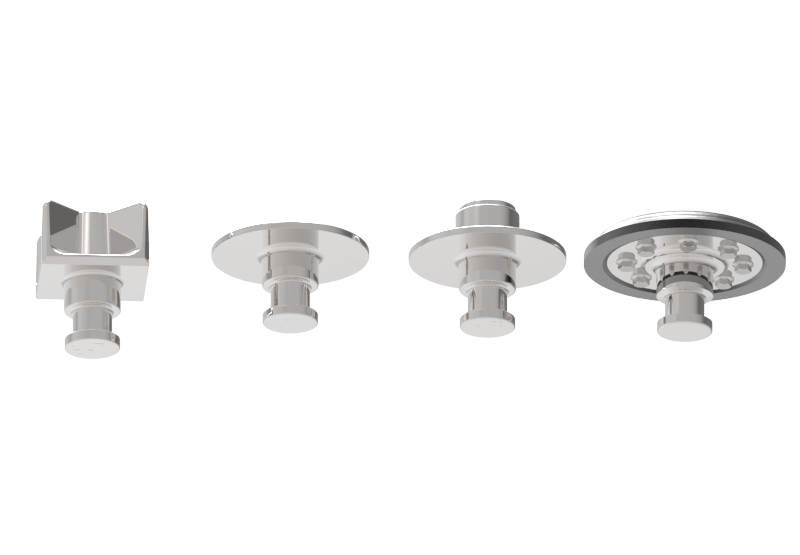

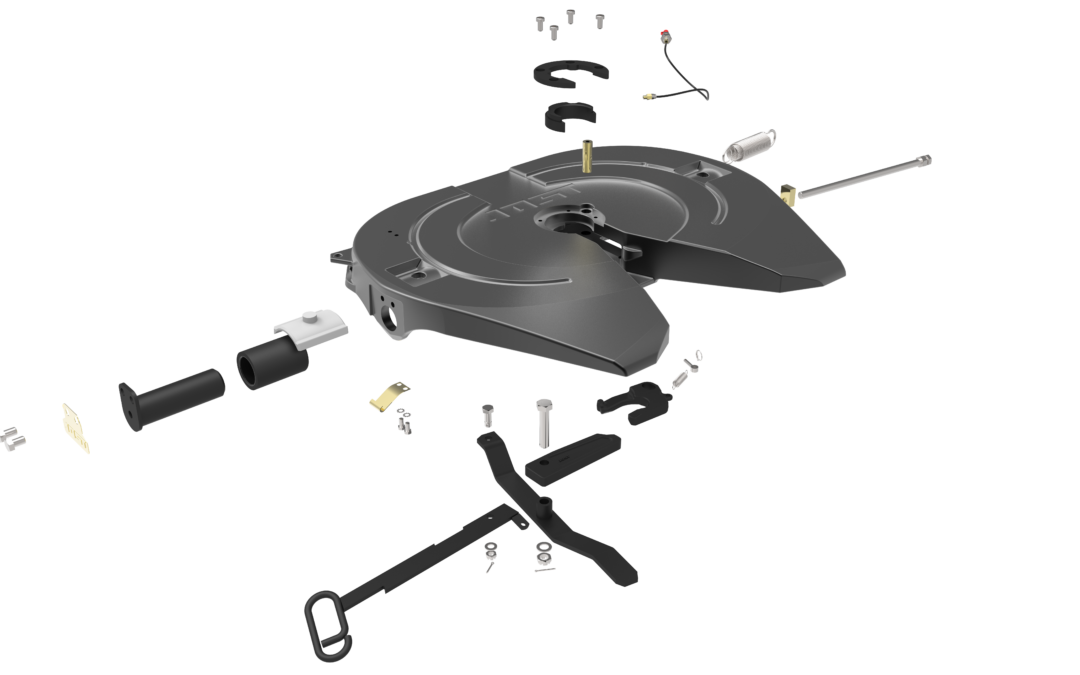
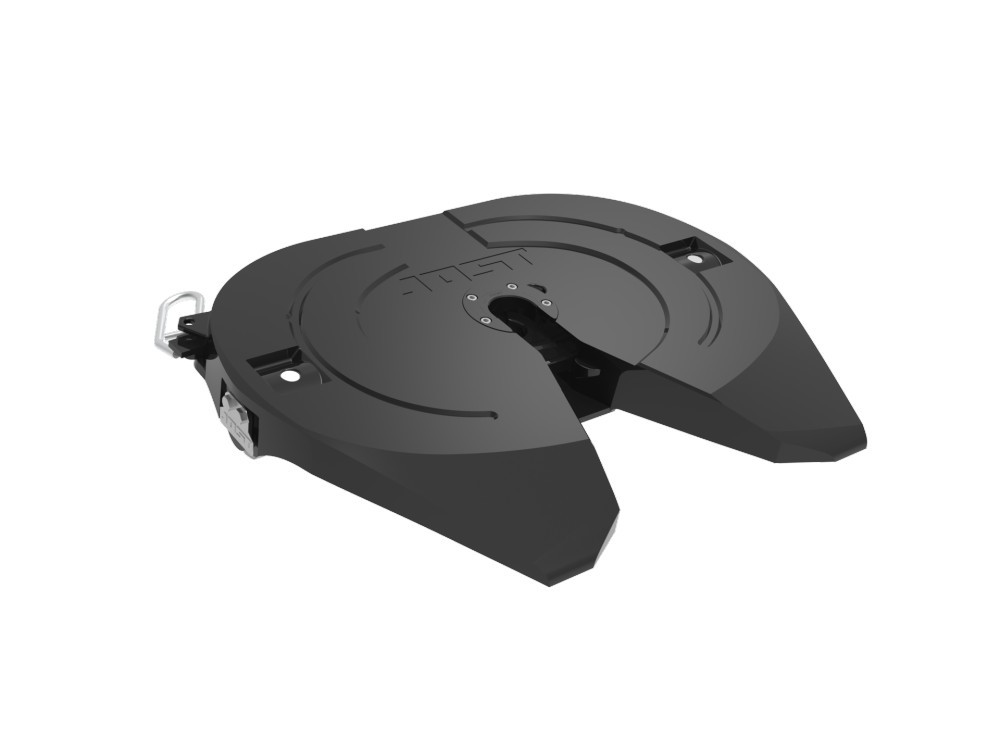
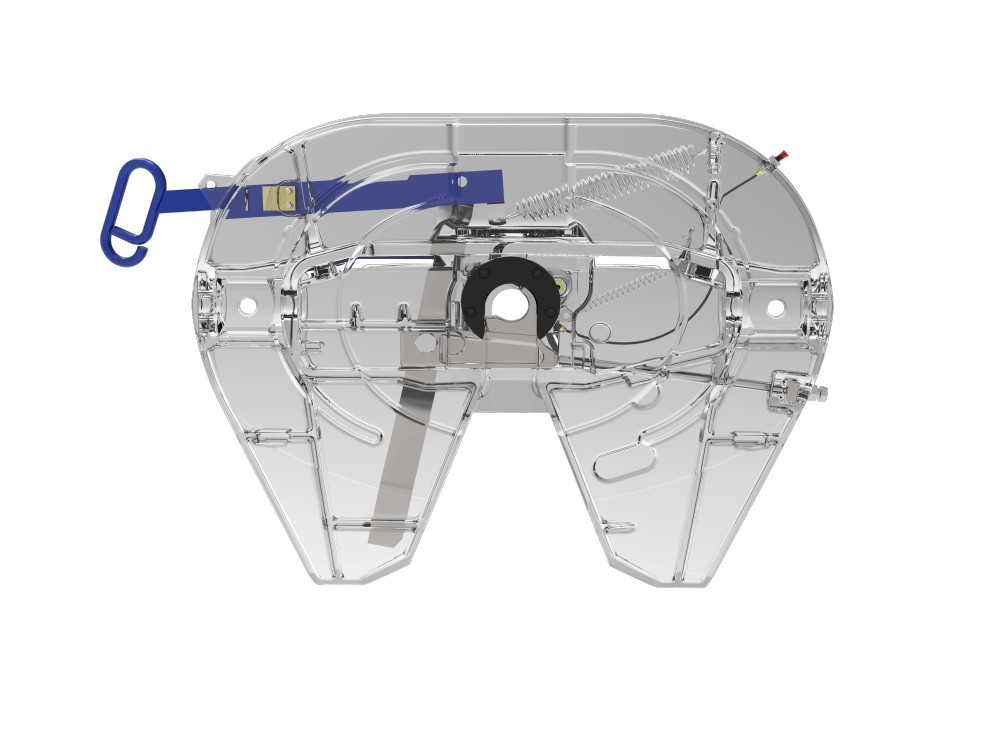
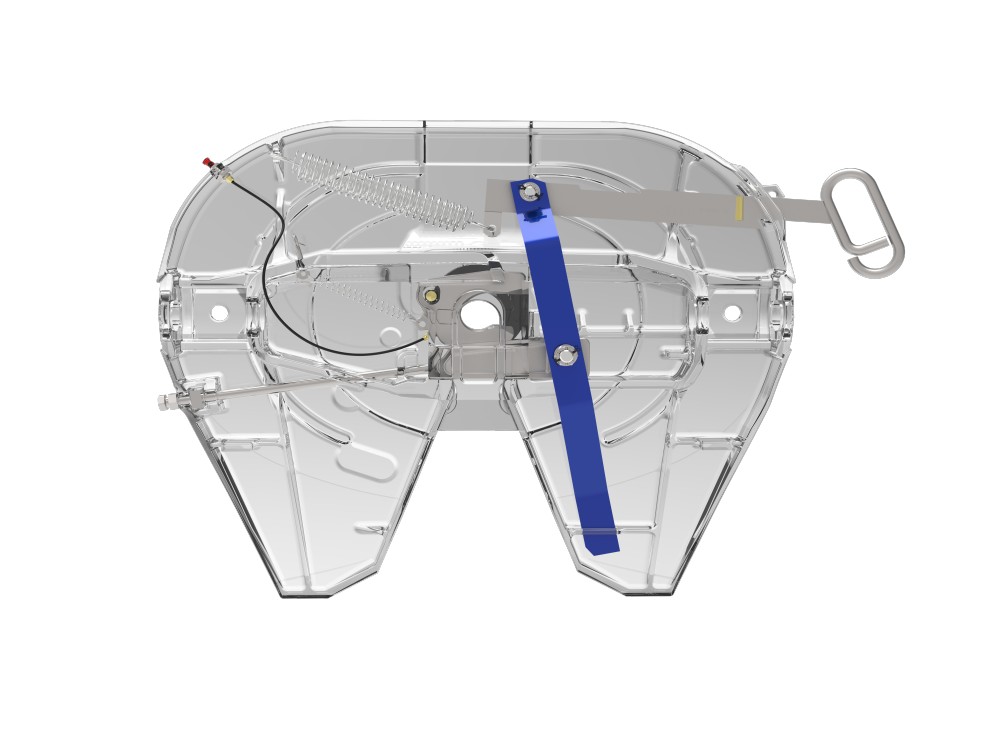
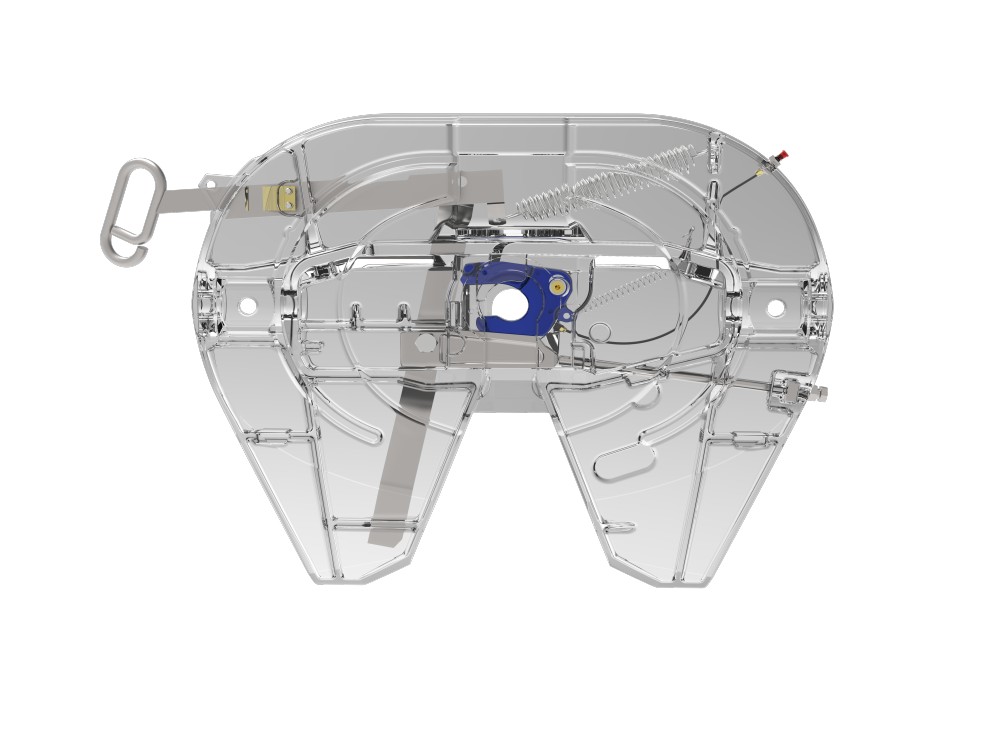
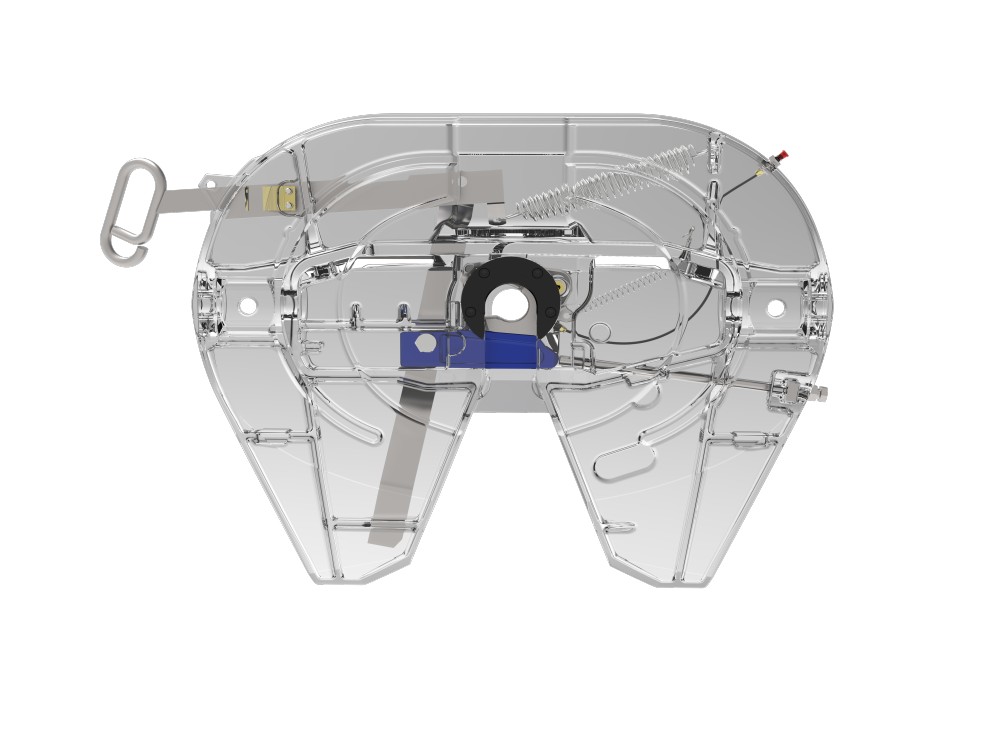
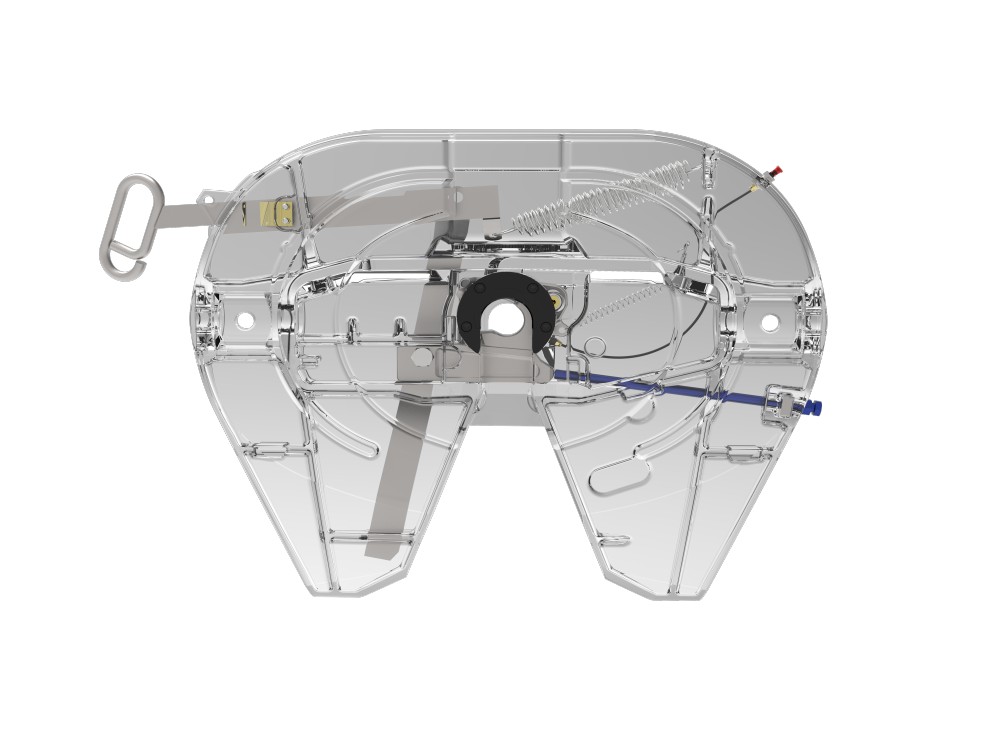
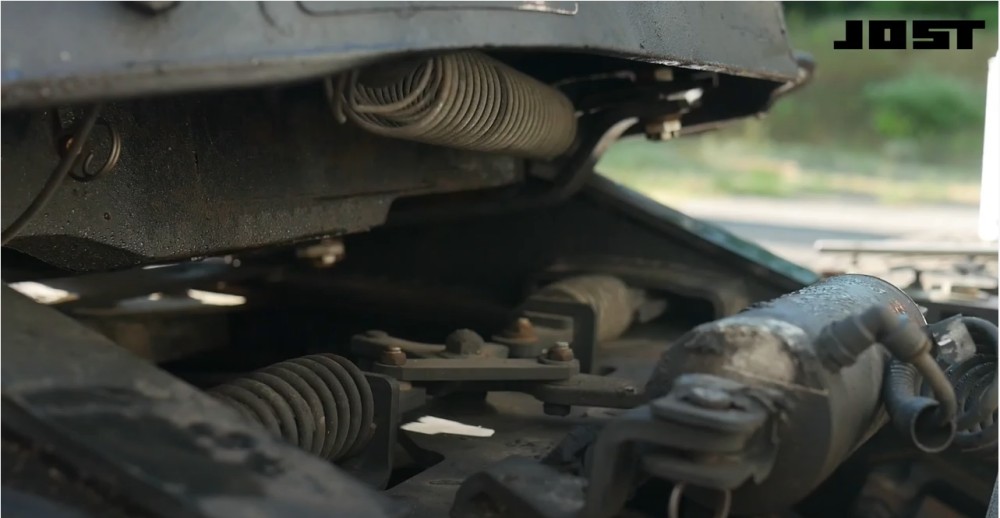
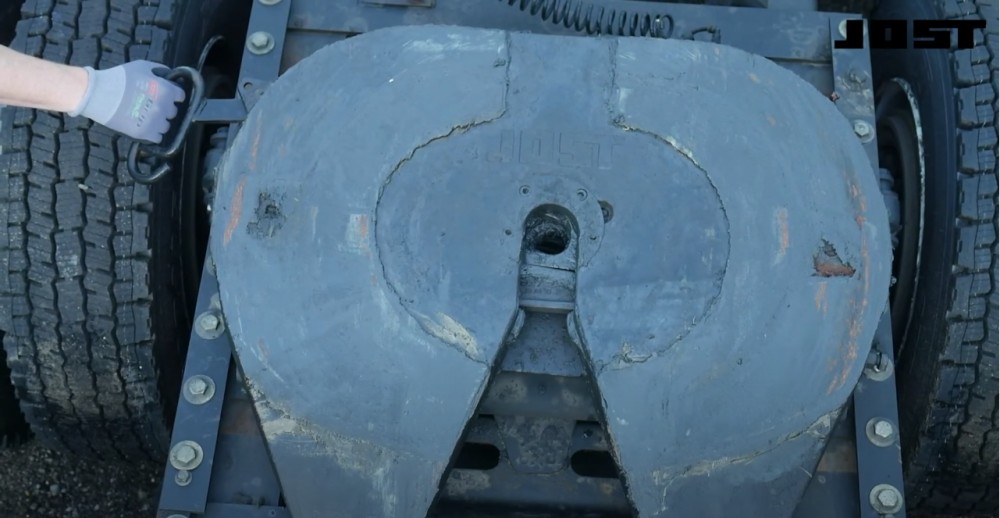
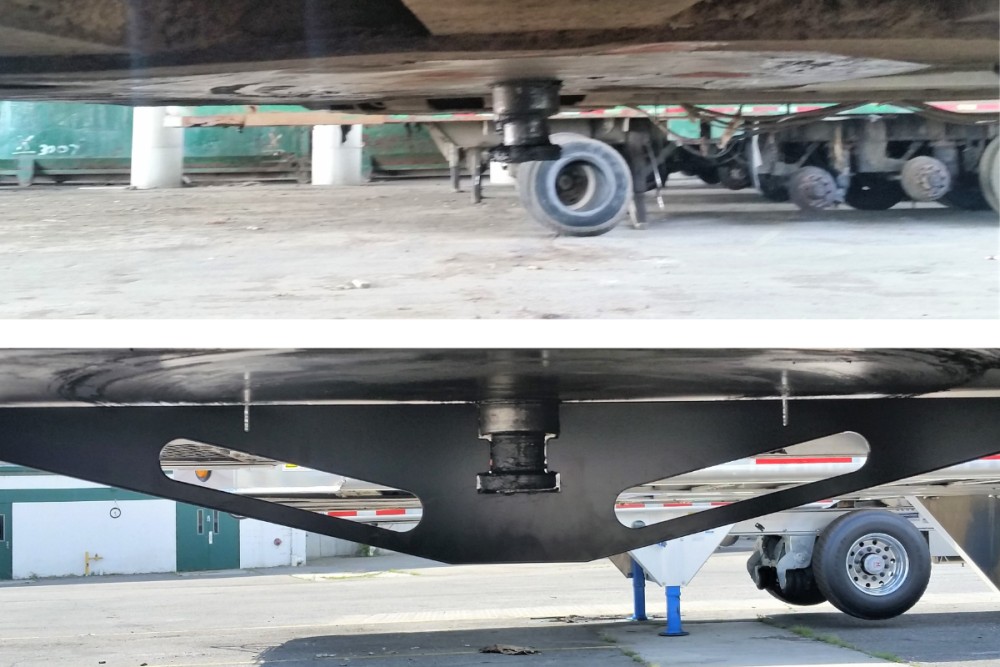
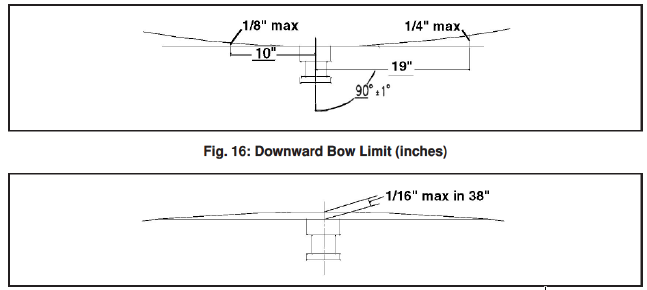
Recent Comments